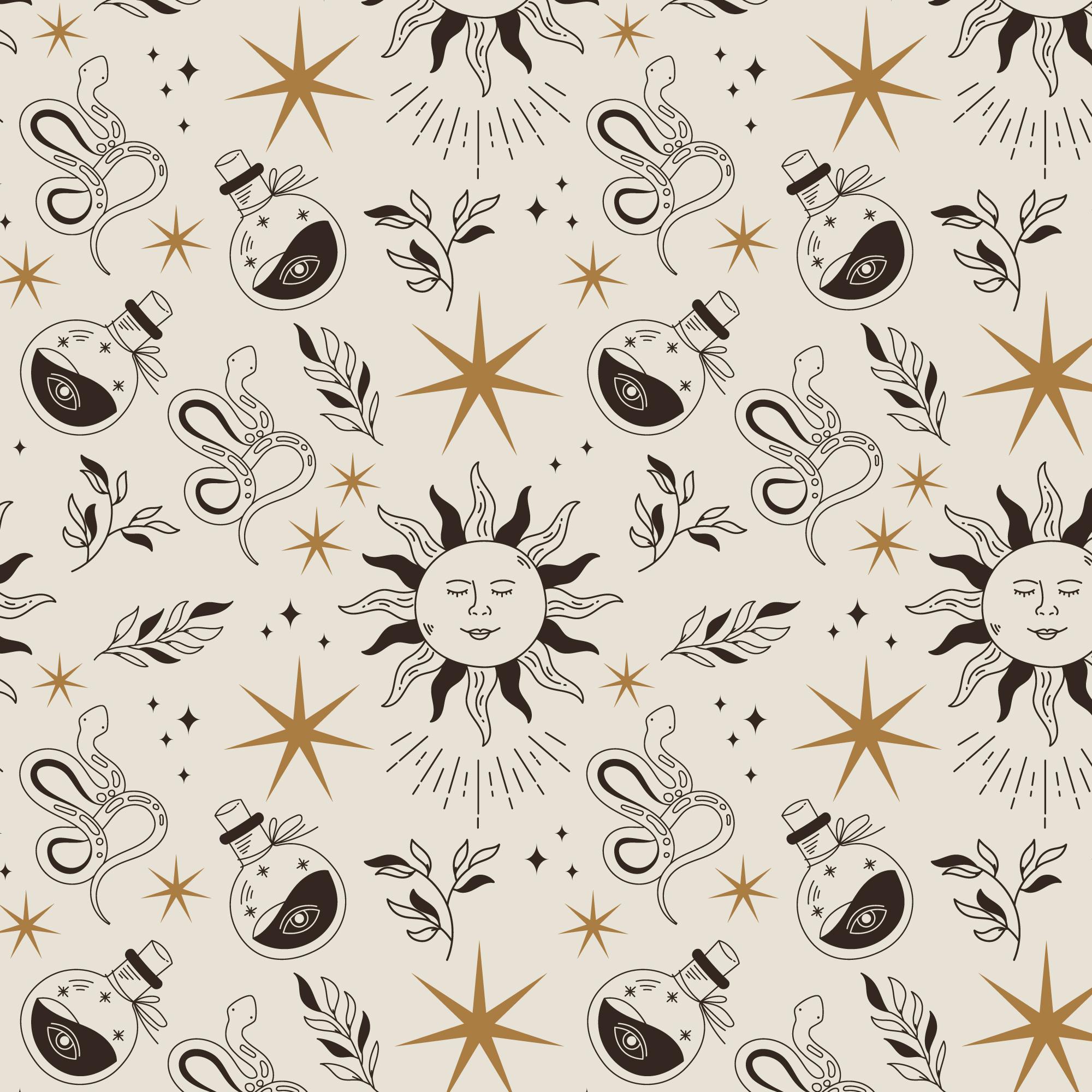
Blog
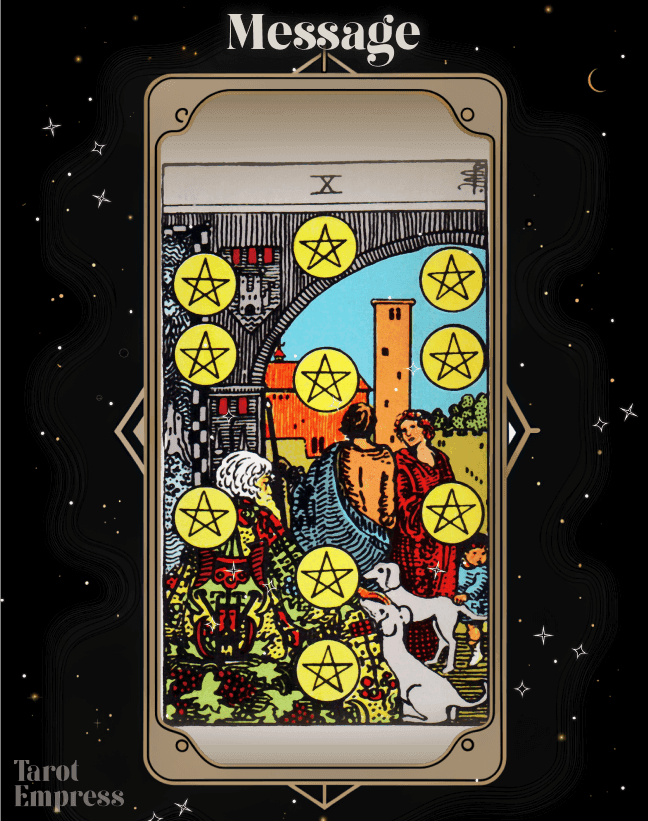
Ten of Pentacles as a Message: The Connections We Build with Others
Ten of Pentacles is a card known for its profound message, rich with symbols and meanings that speak to themes of legacy, security, and the connections we build with others. Whether in its upright or reversed state, this card offers unique insights for those seeking guidance in areas such as love, career, and personal growth. Let us look into the significance of this card and the messages it bears.

Ten of Wands as a Message: The Burdens and Responsibilities
Ten of Wands signifies the burdens and responsibilities that we accumulate through our life's journey. This card serves as a reminder of the weight we bear, urging us to reflect on whether these obligations serve or hinder our personal growth.
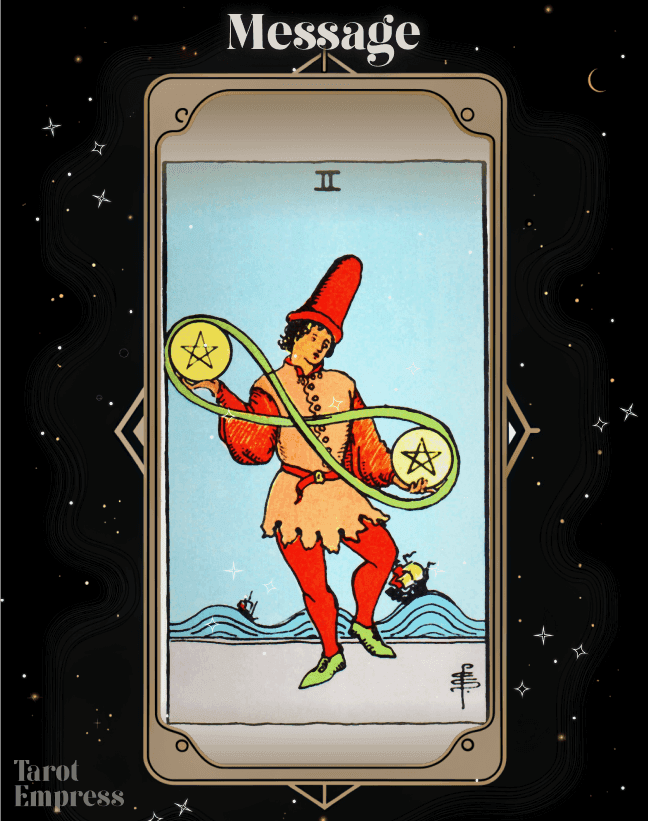
Two of Pentacles as a Message: A Balancing Act Unveiled
What insights does the Two of Pentacles message offer when contemplating the canvas of your life? Contemplate this as we consider the guidance this card provides in both its upright and inverted positions. This reflection will enrich our understanding of various life arenas, such as love, career, and personal growth.

Five of Cups as a Message: Loss and Recovery
Five of Cups, a tarot card rich with emotional depth and symbolism, conveys a potent reflection on the human experience of loss and recovery. Acting as a profound oracle, the card offers guidance in navigating emotions, especially those connected to grief and missed opportunities. Rooted deeply in the heart’s journey, its message is especially powerful for those seeking truths and clarity about their paths.
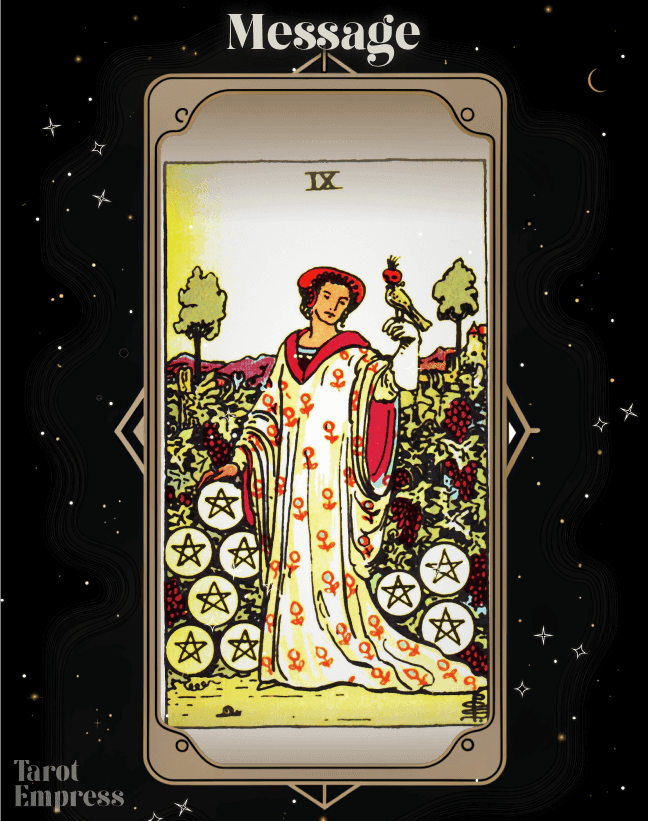
Nine of Pentacles as a Message: Achievement and Prosperity
Visualize a world where dreams turn into reality, where satisfaction envelops those who understand the beauty of personal growth and maturity. The messages conveyed by Nine of Pentacles, whether upright or reversed, reveal profound insights that guide us through the myriad paths of life – be it in matters of love, career, or personal enlightenment.
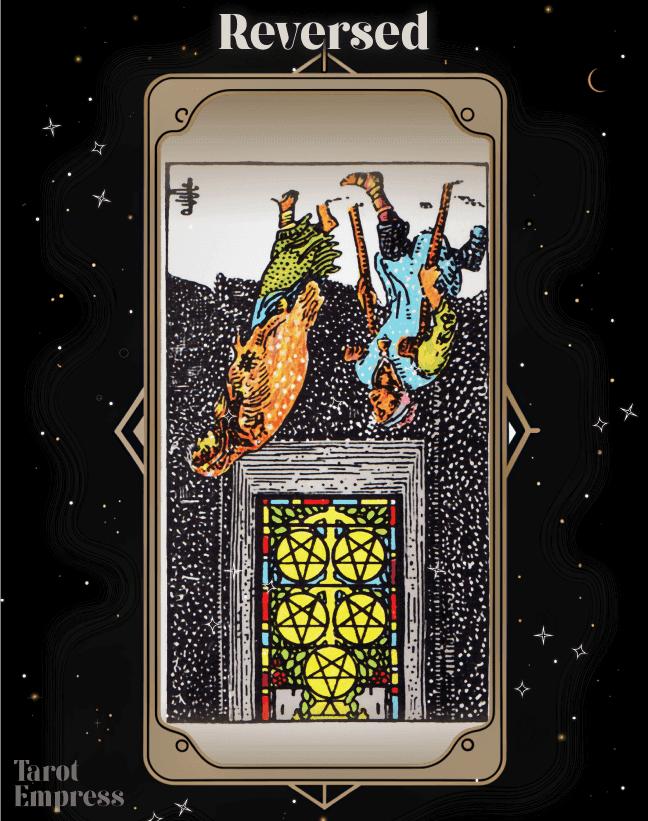
Five of Pentacles Reversed: Resilience and Renewal
When Five of Pentacles reversed appears in your reading, it carries a distinct energy and transformative potential. This insightful card challenges us to rethink our perceptions of hardship and scarcity, suggesting that within these experiences lie opportunities for renewal and hope. As we consider the layers of this card, reflect on how its inverted presence might offer insights in relationships, career, and personal growth, ultimately guiding you toward a more balanced and fulfilling life.
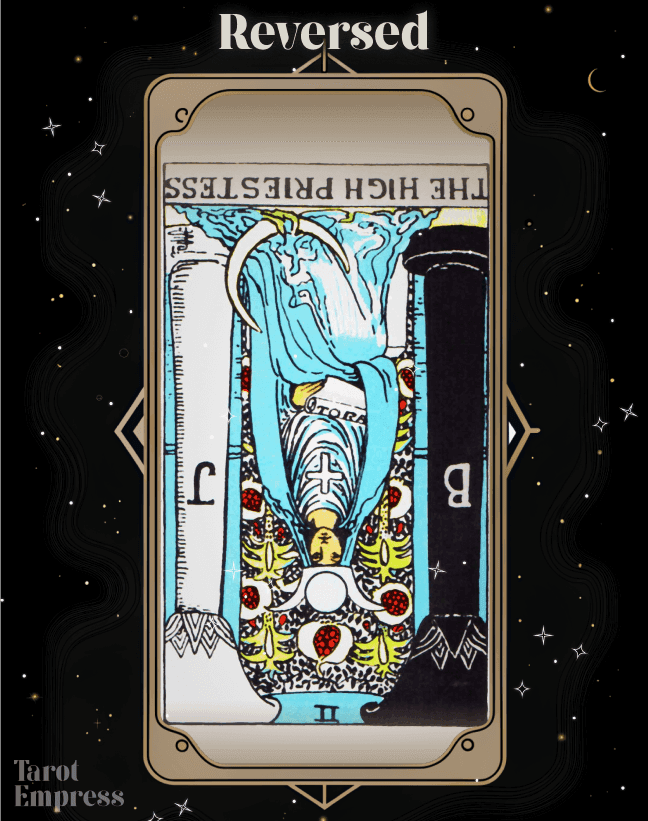
The High Priestess Reversed: The Hidden Truths
This article will interpret the unique energy of the High Priestess reversed, considering its effects on various facets of life, including relationships, career, and the art of decision-making. Moreover, the discussion will reflect on how such inversion can shed light on deeper truths within ourselves.
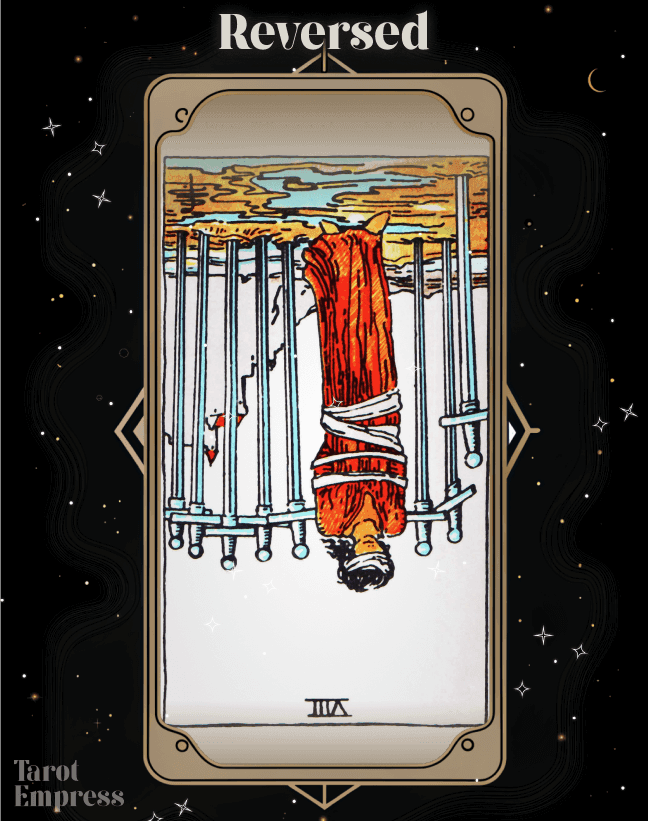
Eight of Swords Reversed: Freeing the Mind’s Shackles
Whether you find yourself at a crossroads in relationships, career endeavors, or personal growth, understanding Eight of Swords reversed meaning offers profound insights into transcending obstacles and reshaping your path.

Nine of Cups Reversed: Hidden Layers of Desire and Satisfaction
With its rich symbolism, Nine of Cups reversed encourages us to reflect on our desires and evaluate whether they align with our deeper truths. This card is a prompt to look beneath the obvious – to unearth the true sources of satisfaction that aren't evident at first glance.